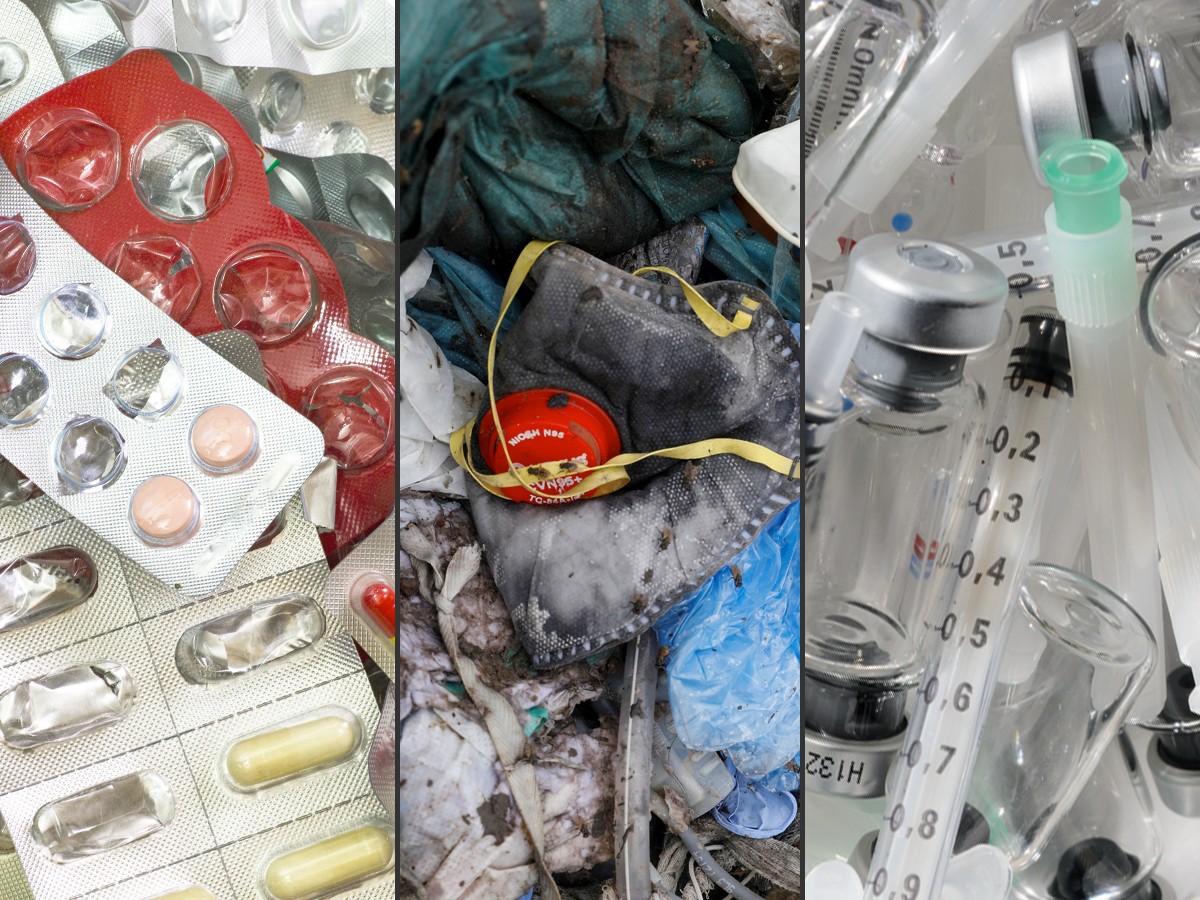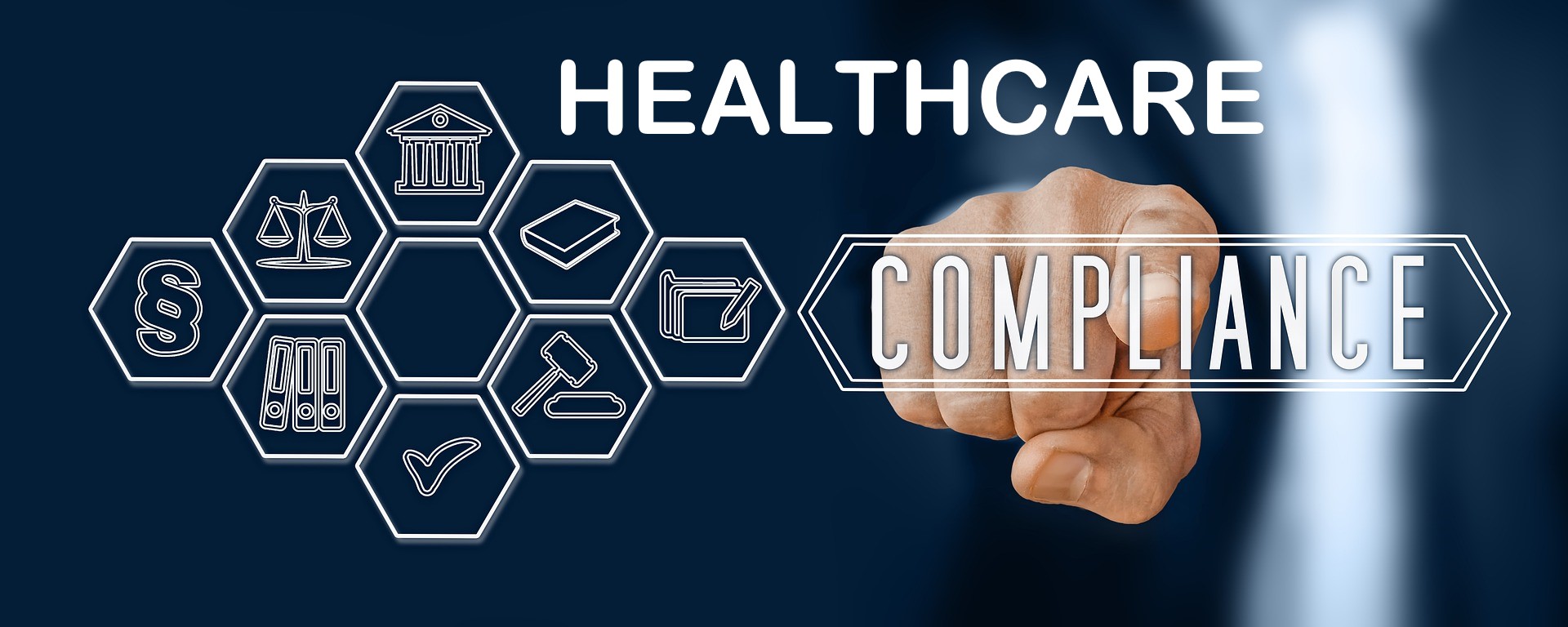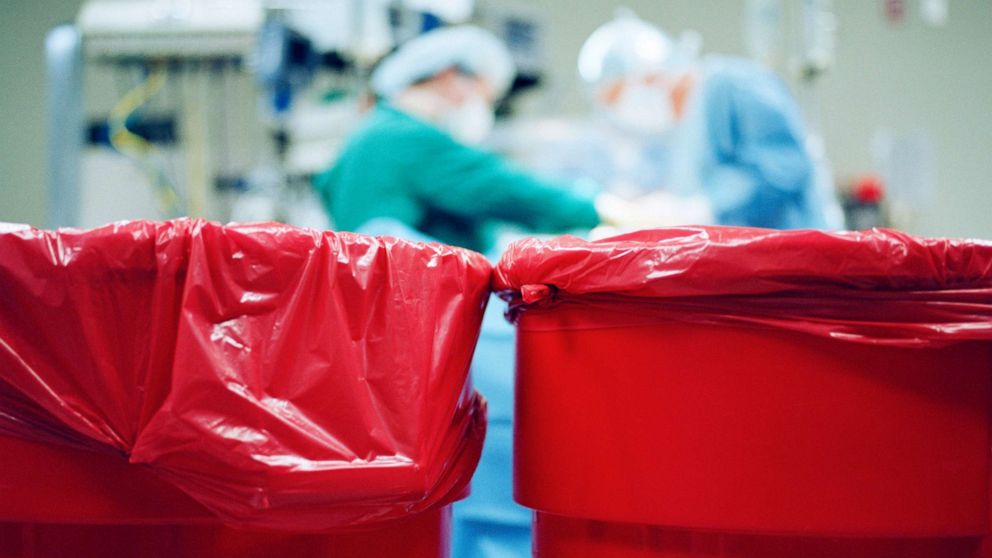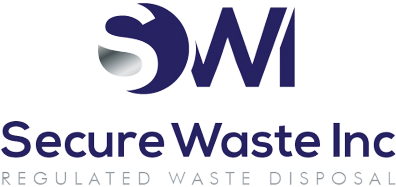Why Sustainability Matters in Healthcare in Maryland, Virginia, and Washington, D.C.
Healthcare providers generate vast amounts of waste and consume significant resources every day.
The U.S. healthcare sector alone is responsible for roughly 8% of national greenhouse gas emissions, and U.S. hospitals produce about 6 million tons of solid waste each year. In our region – Maryland, Virginia, and Washington, D.C. – this translates to tons of regulated medical waste (RMW) including sharps, biohazardous materials, pharmaceuticals, and chemical waste.
Without strong sustainability practices, hazardous substances can leak into landfills and waterways, emitting toxins or contributing to climate change.
For instance, the World Health Organization warns that untreated healthcare waste dumped in landfills can contaminate drinking water and soil. In short, putting sustainability front and center helps protect public health, the environment, and a facility’s bottom line. JACO, or the Joint Commission, provides excellent insights into healthcare sustainability. “Read More”
Secure Waste explains that Environmental sustainability in healthcare means minimizing waste and pollution at every step, from the products we purchase to how we dispose of used materials. By doing so, hospitals and clinics safeguard patients, staff, and the community alike.
Every care provider must “not harm,” and that ethical commitment extends to environmental impact. Experts even call it an “ethical imperative” for health care to address its carbon footprint and waste generation.
In practical terms, a greener waste management program keeps dangerous pollutants out of the environment, helps facilities comply with strict regulations, and often leads to significant cost savings.
Below, we explore why sustainability is critical in healthcare and how Maryland/DC/Virginia organizations can implement it.
Need A Medical Waste Disposal Company Near You? “Click Here”
Essential Principles for Effective and Sustainable Management of Healthcare Waste: Secure Waste Practices.
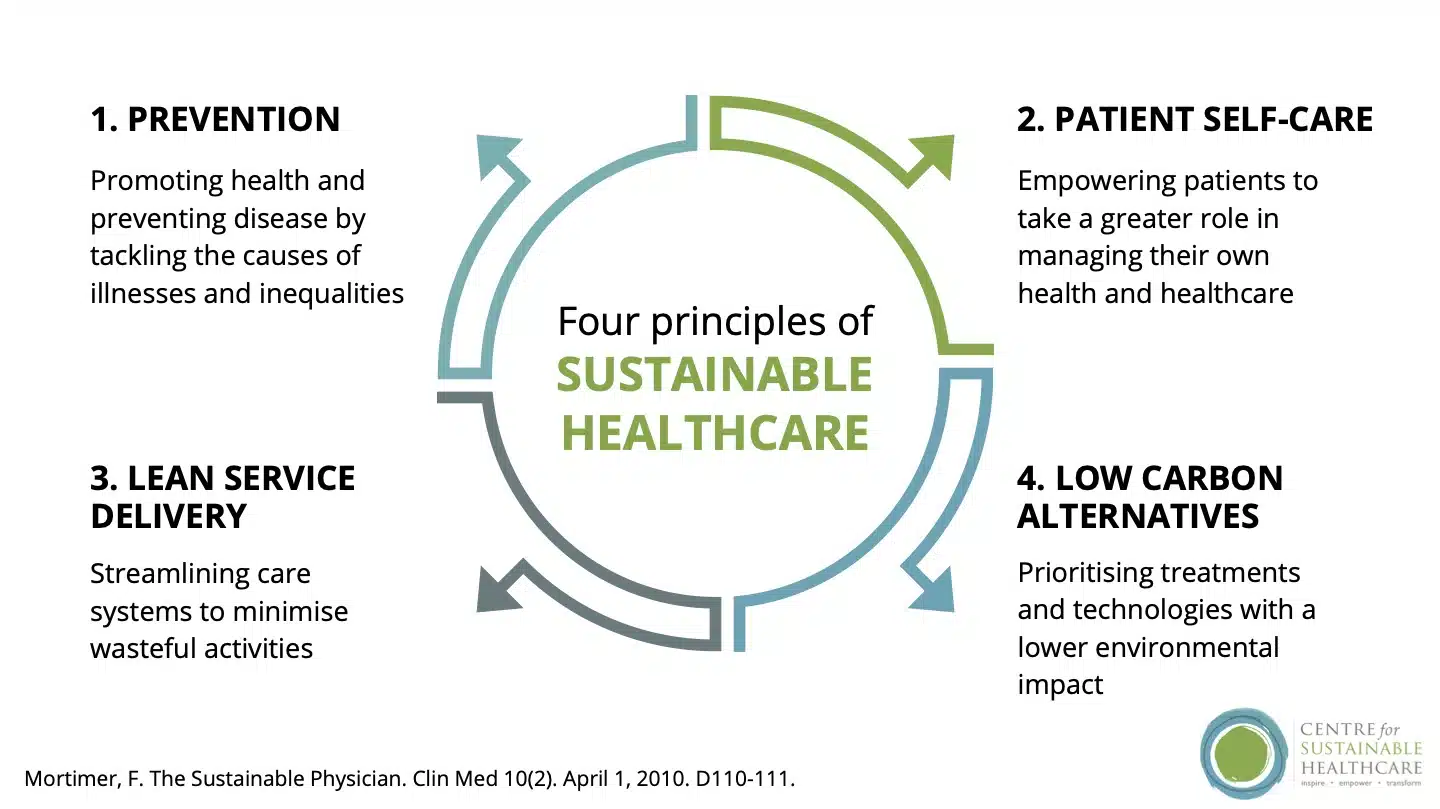
Environmental Impact of Healthcare Waste
Improper disposal of medical waste can harm the environment and public health in many ways:
- Water and soil contamination. When infectious or chemical waste is incorrectly handled, it can leach into landfills and contaminate water supplies.
The WHO notes that “the disposal of untreated health care wastes in landfills can lead to contamination of drinking, surface, and ground waters if those landfills are not properly constructed”.
For example, unused pharmaceuticals or chemical reagents dumped in a landfill may seep through the ground, entering streams and groundwater used by communities.
Even autoclave-treated waste may contain harmful residues if released uncontrolled. This pollution can damage ecosystems and eventually return to human health via the food chain or water resources.
- Air pollution from incineration. Healthcare often relies on incineration to destroy biohazardous waste. If waste is incinerated improperly, mainly if it includes plastics or chlorinated materials, it can release toxic chemicals.
The WHO highlights that inadequate burning or burning the wrong materials “results in the release of pollutants into the air” and generates ash with dioxins and heavy metals.
Dioxins and furans produced this way are potent carcinogens and can cause immune and hormonal problems in communities.
Heavy metals like mercury or lead in incinerator emissions can settle in soil and water, causing long-term contamination.
Only modern incinerators with high-temperature controls should handle hazardous medical waste safely, but even then, the goal is to minimize waste sent to incinerators.
- Disease and toxin spread. Healthcare waste often contains biological hazards (blood, cultures, sharps) and toxic chemicals (mercury thermometers, chemotherapy drugs).
If sharps or infectious waste end up in regular trash or litter, they can injure waste workers or spread infection. Improper handling of pharmaceuticals and cytotoxic drugs can expose communities to antibiotics or chemotherapy agents in the environment.
For instance, releasing unused antibiotics into waterways can promote antibiotic resistance. Protecting the community means ensuring pathogens and toxins never escape controlled disposal channels.
Climate change and resource use. Healthcare’s overall carbon footprint is significant. Studies estimate that global health care contributes about 4–5% of the world’s greenhouse gas emissions.
This is comparable to the worldwide aviation sector. On average, a single hospital bed generates many kilograms of waste daily. All that material, from single-use plastics to hospital energy, adds CO₂ and other emissions.
Reducing waste and energy use in hospitals directly cuts their carbon footprint. Healthcare organizations globally are starting to track emissions from everything (supplies, travel, energy) to identify and mitigate their environmental impact.
In summary, unchecked healthcare waste can pollute air, land, and water, spreading toxins and diseases and contributing to climate change.
Health facilities protect their patients and communities by preventing hazardous and medical waste from entering the environment (and cutting emissions).
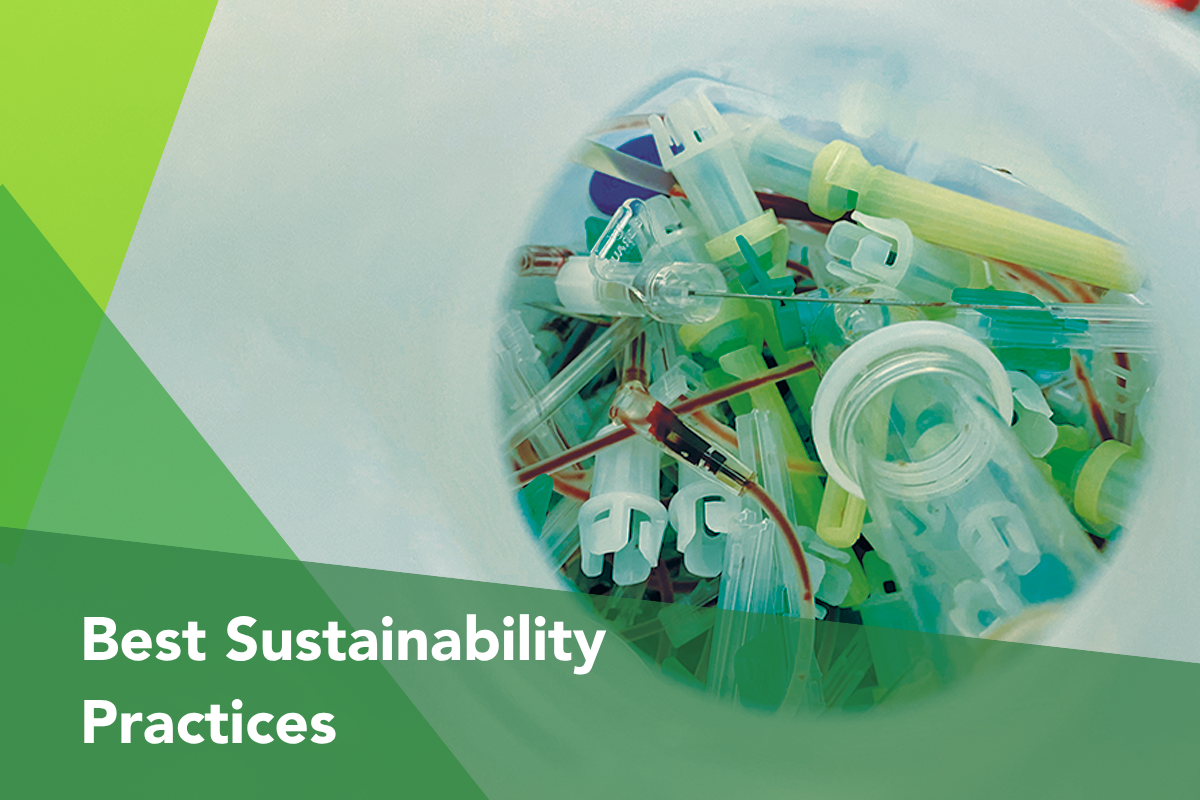
An Overview of the Best Sustainability Practices in Healthcare Across Maryland Virginia and Washington DC This resource outlines the latest practices to enhance sustainability within the healthcare sector By implementing these strategies we can foster a healthier environment for all Stay informed about secure waste management and other initiatives contributing to a more sustainable healthcare landscape
Regulatory Compliance and Cost Benefits
Healthcare facilities operate under strict waste regulations at the federal and local levels. In Maryland , Virginia, and the District of Columbia, any facility that generates medical or hazardous waste must follow rigid segregation, treatment, and disposal rules.
Agencies like the EPA, Department of Transportation, OSHA, and state environmental departments enforce these rules.
For example, Washington, D.C.’s DOEE requires hospitals and clinics to properly segregate and handle biohazards, sharps, and pharmaceutical waste.
Facilities must register if they produce hazardous waste and treat regulated medical waste at permitted facilities. Noncompliance can disrupt local recycling programs and, more importantly, carries hefty fines.
If waste rules are broken, authorities can impose penalties ranging from thousands to tens of thousands of dollars per violation. In short, cutting corners on disposal is very costly.
Meanwhile, well-implemented sustainability programs can save money in the long run. Reducing waste volumes lowers disposal and materials costs.
The Commonwealth Fund reports that if U.S. hospitals adopted a range of green policies (waste reduction, energy savings, green purchasing, etc.), the sector could save about $5.4 billion over five years (and $15 billion over a decade).
These savings come from lower utility bills, fewer landfill fees, and reduced supply purchases. Hospitals have seen payback even when green projects require initial investment (e.g., installing solar panels or switching to reusable goods).
For instance, Massachusetts General Hospital cut its energy use by 36% over 15 years by installing solar panels and cogeneration units, saving on energy bills while reducing pollution.
In regulated medical waste specifically, one hospital found that 85% of items in its “red bag” waste belonged in regular trash or recycling. Correcting this, they avoid disposal charges 10–30 times higher for RMW. (Incorrectly throwing a cardboard box into a biohazard bin might cost 30 times more in disposal fees!)
Key takeaway: A robust sustainability and waste management program protects your budget and reputation. It prevents fines and fee penalties, saves on disposal and supply costs, and keeps your facility out of regulatory trouble.
Community Responsibility and Healthcare’s Mission
Healthcare organizations exist to safeguard community health. That mission logically extends beyond patient rooms to the environment in which those patients live.
Air and water contaminated by hospital waste can undermine public health. For example, releases of toxic incineration byproducts or pharmaceutical runoff would harm exactly the communities hospitals care about. In that sense, environmental stewardship is part of not harming.
Many healthcare leaders now recognize that taking climate and pollution seriously is “an ethical imperative.”
As Anand Bhopal notes, hospitals must “transform how they do things” to address their environmental footprint. This mindset shift helps justify sustainability programs: reducing waste, energy use, and emissions aligns with medicine’s goal of keeping people well.
It also resonates with patients and staff; many prefer facilities that demonstrate corporate responsibility.
Locally, hospitals and clinics are directly obliged to their neighbors. A safer environment means fewer health risks: cleaner air (fewer respiratory problems), pure water (fewer toxins), and less community anxiety about pollution.
In addition, embracing sustainability can improve staff morale and public trust. The bottom line is that when a healthcare provider protects the planet, it helps safeguard health for everyone, which is the core of its mission.
Practical Strategies for Sustainable Healthcare
Putting sustainability into practice requires a clear plan. Healthcare facilities of any size can adopt measures to reduce waste and pollution. Here are key steps Maryland/DC/Virginia providers can take to green their operations:
- Segregate waste at the source. Ensure every department correctly separates waste streams. Infectious and pathological waste (blood, tissue, body fluids) goes into biohazard bags; sharps (needles, scalpels) into puncture-proof sharps containers; medications into pharmaceutical waste; and non-hazardous trash (paper, packaging, food waste) into regular landfill or recycling bins.
Consistently segregating waste is critical. Proper sorting can drastically lower the volume of hazardous waste and reduce unnecessary disposal costs. (One audit found that 85% of items in the “medical waste” bin should have been trash or recycling!) Train staff on bin colors and types, and post clear labels. Auditing waste bins regularly helps catch mistakes early.
- Use reusable containers and supplies. Single-use plastics (syringes, gowns, trays) comprise a large chunk of hospital waste. Whenever safe and feasible, switch to durable, reusable options. For example, hospitals can implement reusable sharps containers instead of disposable red plastic boxes.
Life-cycle studies show this pays off: switching to reusable sharps bins eliminated hundreds of tons of plastic waste in one study, and cut the related carbon footprint by roughly 80–84%. Reusable instrument trays, linens, and meal containers also reduce the volume of thrown-away goods.
Even devices like IV stands or stainless steel trays, used repeatedly, produce no landfill waste compared to dozens of disposable units. Over time, reducing the purchasing and disposal of single-use items yields significant savings and environmental gains.
- Recycle and recycle more. Many items used in healthcare (paper, cardboard, certain plastics, and glass) can be recycled instead of being landfilled.
Set up recycling programs for administrative and clinical areas with low contamination risk. Reprocess everyday items when possible – for instance, some IV poles and stretchers can be cleaned and reused instead of discarded. Follow WHO’s advice to minimize orders: “only ordering/receiving pharmaceuticals based on documented need”.
By not overstocking drugs and supplies, you reduce the chance of expiries becoming waste. Green procurement also helps choose products with less packaging or that are made from recycled materials. Every pound of material diverted to recycling and every supply order avoided lessens the facility’s resource footprint.
- Handle pharmaceuticals safely. Expired or unwanted medications must be treated as hazardous waste. Flushing or tossing them is illegal and dangerous. Partner with qualified disposal services for drug waste, or use take-back programs.
Safe drug disposal prevents active pharmaceutical ingredients from entering water treatment plants. Remember that cytotoxic and antibiotic waste in the environment is especially concerning. Keeping these out of regular waste streams and landfills protects public health. (For example, chemotherapy drugs should go into special take-back bins or incineration facilities that capture emissions.)
- Reduce energy and resource use. Waste isn’t only paper and plastic; it includes energy, water, and emissions. Upgrade to energy-efficient infrastructure.
LED lighting, high-efficiency HVAC systems, and intelligent building controls can cut electricity use. Installing onsite renewables (like solar panels) or buying green power reduces reliance on fossil fuels.
Even simple measures—turning off lights in unused rooms, replacing air filters regularly, and maintaining heating systems—save energy and money. Water conservation (low-flow fixtures, fixing leaks) also plays a part.
Many hospitals have saved millions in energy bills by going green: for instance, Massachusetts General cut its energy use by 36% through cogeneration (combined heat and power) and solar/wind power purchases.
Telehealth and digital record-keeping are additional ways to reduce resource strain (less travel and paper use).
Train and engage staff. Sustainability succeeds only with buy-in from everyone on staff. Please educate healthcare workers, custodial staff, and administration on your green procedures and why they matter.
Could you post reminders about correct waste sorting and hold regular training refreshers on biosafety and recycling? Encourage suggestions from staff – they often see waste issues firsthand.
Make sustainability part of the organizational culture by celebrating milestones (e.g., recycling diversion rates, cost savings) and giving feedback. Empowering employees to take small actions (like shutting off equipment or minimizing single-use items) can result in significant benefits.
Implementing these strategies requires planning and commitment. You can start with an assessment: audit your current waste streams, energy use, and purchasing habits.
Then set targets (for example, X% waste reduction in one year) and assign responsibilities. Over time, track your progress and adjust. Many facilities form “Green Teams” or sustainability committees to drive initiatives, sometimes using certificates or awards as benchmarks.
In practice, each step contributes: Reusable sharps containers slash plastic usage; strict sorting cuts dangerous waste volume; recycling bins keep cardboard and paper from landfills; and energy-efficiency projects reduce bills and emissions. Every improvement also shrinks your environmental and regulatory risk.
Partner with a Local Waste Disposal Expert
Having the right waste management partner is crucial. A professional disposal company specializing in medical waste can ensure full compliance and maximize sustainability. For healthcare facilities in Maryland, Virginia, and D.C., Secure Waste, Inc. is an experienced local provider with a strong environmental focus.
We understand the strict regulations of our region’s states and the District, and we help healthcare practices safely and responsibly manage all waste streams – from sharps and biohazards to pharmaceuticals and chemicals.
Secure Waste is a family-owned company based in Rockville, MD, with over 25 years of service in the community. We offer flexible, no-contract service plans so you pay only for what you need.
Our team guides proper waste segregation, training support, and environmentally friendly options (such as reusable sharps containers) to reduce your facility’s footprint. We pride ourselves on 100% customer satisfaction, as reflected by local clinics and hospitals who commend our responsiveness, knowledgeable service, and cost-effective solutions.
At Secure Waste, we share your commitment to sustainability. We have extensive experience treating and disposing of medical and hazardous waste properly, keeping thousands of tons of harmful material out of the environment each year. When you choose Secure Waste, you can be confident that your practice meets all local and federal requirements, avoids fines, and takes responsibility for the environment.
For a sustainable approach to healthcare waste in Maryland, Virginia, or Washington, D.C., Secure Waste is here to help. Call us at 877-633-7328 or visit securewaste.net to learn how we can support your organization’s green initiatives and waste compliance.
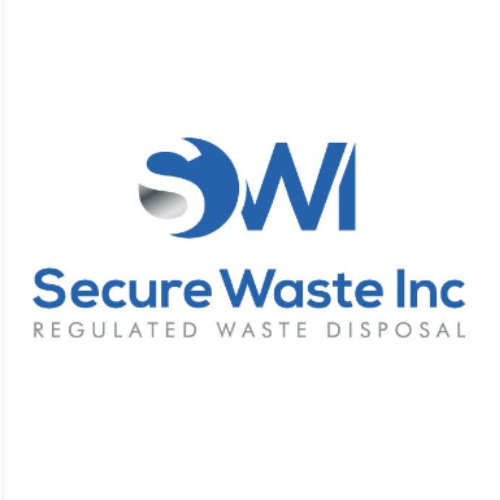
Expert Medical Waste Management: With over 25 years of industry experience, Secure Waste is a trusted local leader in hazardous and biohazardous waste disposal across Maryland, Virginia, and Washington, D.C. Specializing in medical waste management, sharps needle disposal, and biohazard waste removal, the company ensures full compliance with federal, state, and local regulations while prioritizing environmental sustainability.
The company also offers additional services, including secure document shredding and sharps container sales, providing comprehensive solutions for healthcare facilities and businesses. Our cost-effective services help clients maintain regulatory compliance without unexpected costs.
With a commitment to customer satisfaction, Secure Waste offers tailored waste management plans that align with industry best practices. Their team of experts provides reliable, timely, and compliant services, making them the preferred choice for medical waste disposal. For a free waste quote or more information, visit www.securewaste.net


